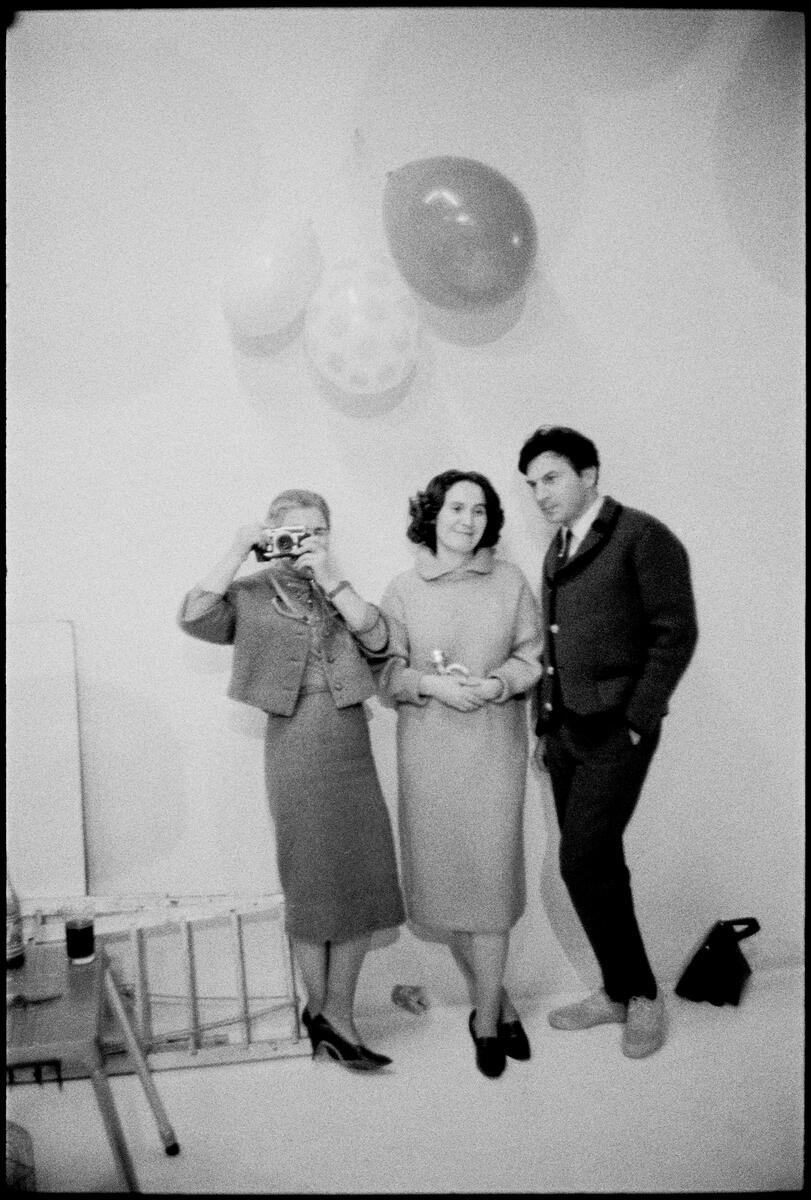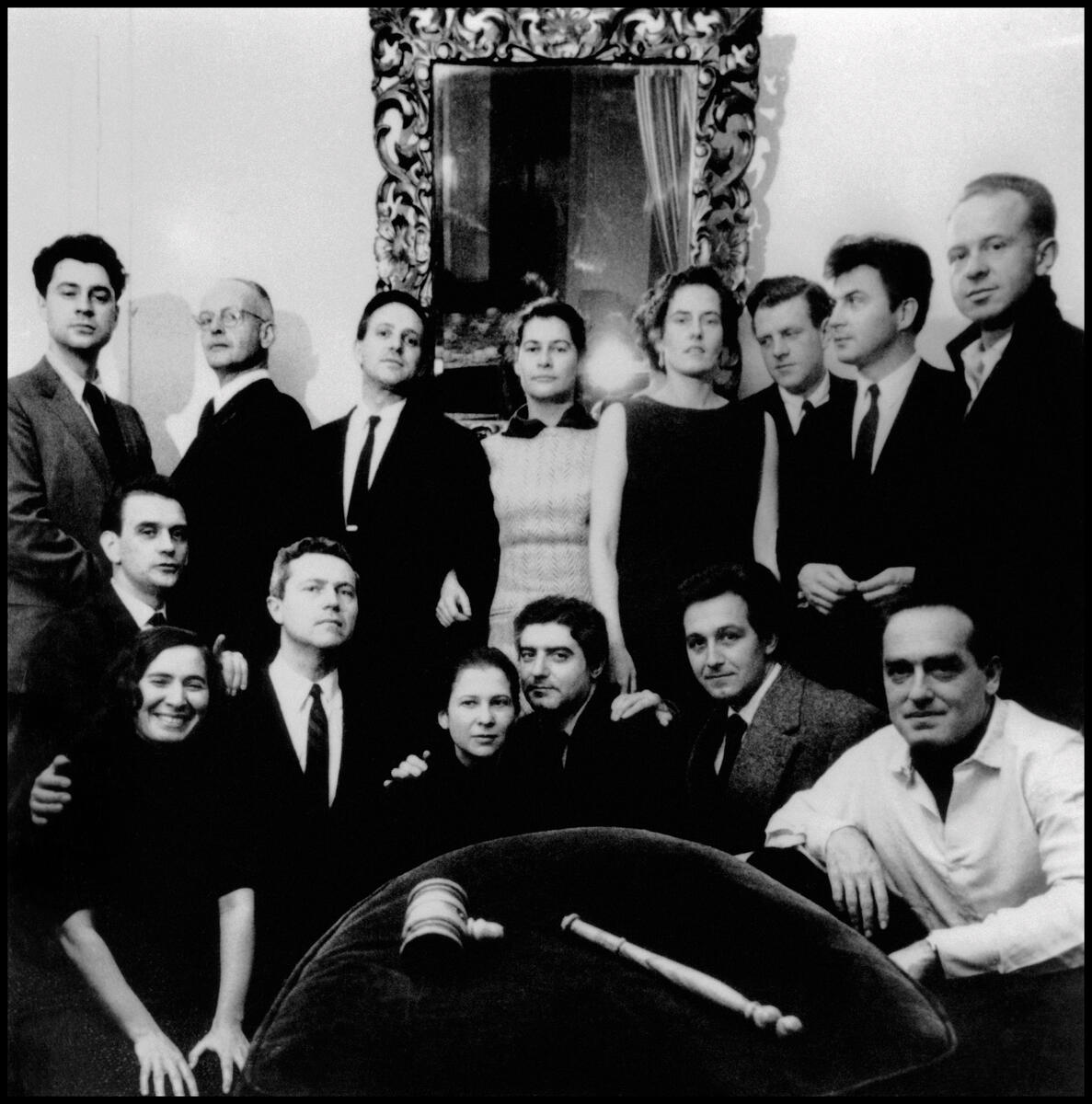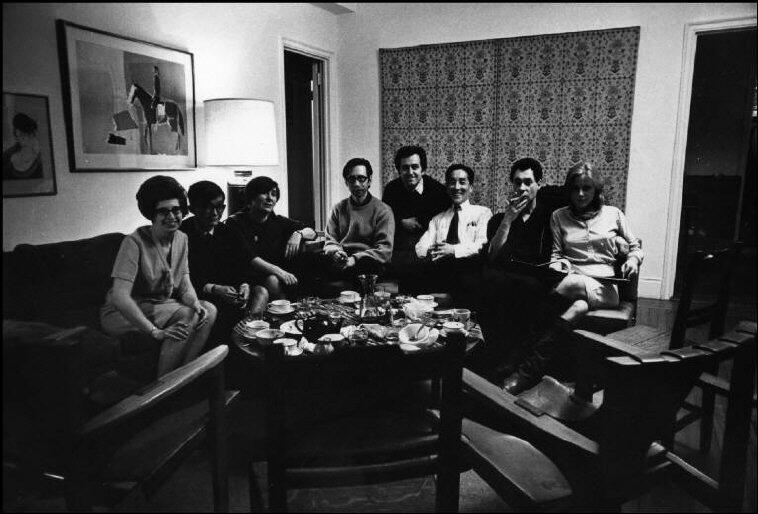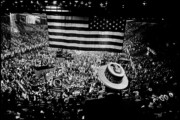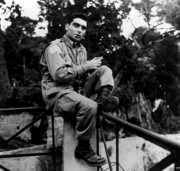In Memoriam: Inge Bondi (1925–2024)
Inge Bondi was one of Magnum Photos' very first staff members in New York. Here we look back at her invaluable impact on the success and legacy of Magnum Photos.
Inge Bondi, one of Magnum’s very first staff members in New York in the early 1950s, passed away in January at the age of 98.
Bondi joined Magnum Photos as a secretary in 1950 and developed close relationships with the first generation of Magnum photographers, including Robert Capa, David ‘Chim’ Seymour, Ernst Haas and Elliott Erwitt. Like them, she was European-born and Jewish and had recently adopted New York as her new home.
By 1958, Bondi had quickly expanded her portfolio of responsibilities, becoming a Magnum stockholder and the Editor of Exhibitions, Special Projects and Advertising. Her work was integral to the early development of the cooperative, helping to steer Magnum into a new and highly lucrative sphere of the picture business by focusing on public relations and advertising photography.
Below, we revisit words by Nadya Bair, author of “The Decisive Network,” exploring Bondi’s invaluable impact on the success and legacy of Magnum Photos.
“Inge Bondi (bottom left in image above), hired as a secretary in 1950, came with experience from the BBC public relations office in Palestine. She quickly expanded her portfolio of responsibilities and by 1958 was Magnum’s Editor of Advertising and Special Projects. In that capacity, she forged lucrative relationships between Magnum and Madison Avenue advertising agencies and was responsible for overseeing Magnum’s inclusion in a range of prestigious museum exhibitions in the United States.
“I had the opportunity to meet Bondi, who now lives in Princeton, New Jersey, in early 2015 and correspond with her over the years as I was writing this book. I began to think of her as Magnum’s Peggy Olson, the character played by Elizabeth Moss in HBO’s hit series Madmen, who begins as Don Draper’s secretary and ends up a powerful ad executive in her own right.
“Bondi, as I discovered, helped steer Magnum into a new and highly lucrative sphere of the picture business by focusing on public relations and advertising photography. Hired as a secretary in 1950, the young Inge Bondi had developed close relationships with the first generation of Magnum photographers, including Capa, Chim, Ernst Haas, and Elliott Erwitt. Like them, she was European-born and Jewish, and had recently adopted New York as her new home. Capa was the first to take on Bondi as a protégé, helping her learn how magazines work and keeping her involved in Magnum’s finances as well as its editorial projects. And she learned to edit films by working with the photographers Ernst Haas and Werner Bischof, who, like her, spoke German.
“In 1955, Bondi became Magnum’s Secretary Treasurer. The responsibility of overseeing Magnum’s finances inspired her to find new ways to grow the organization’s severely limited operating budget and capital reserve. Along the way, she also became responsible for Magnum’s print sales and museum and gallery projects. By 1958, she was a Magnum stockholder with a new title: Editor of Exhibitions, Special Projects, and Advertising.
“Advertising was, notoriously, a man’s industry, where women were hired mostly to work on campaigns and products targeting their sex. But those gender divisions did not apply at Magnum, where Bondi took the reins of the advertising market writ large. She mingled at the Art Directors’ Club in New York and regularly called on three dozen art directors to talk about campaigns and assignments. Another four hundred art directors heard from Bondi via her Magnum publicity mailings, which extolled photographers’ recent advertising and industrial commissions and often resulted in new assignments.
“Through Bondi’s efforts, Magnum’s client network grew to include the leading advertising agencies of the day, including J. Walter Thompson; Doyle Dane and Bernbach; and Ogilvy, Benson & Mather. A 1959 roster that Bondi casually titled “Some Magnum photographed advertisements and campaigns” listed 42 separate clients, including four governments, three car companies, two banks, and Pepsi Cola. The following year, Bondi calculated that Magnum had completed 90 advertisements for 24 different accounts. Between 1957 and 1960, Magnum’s advertising revenue more than doubled. Bondi, who in 1959 sold $30,000 worth of advertising jobs (the equivalent of $263,000 in 2019), played no small role in that growth.
“Inadvertently, Bondi also helped me to understand, and visualize, Magnum as a network. After our first meeting in February 2015, Bondi sent me a few Xeroxed documents, including a group photograph of Magnum that the Society for Photographic Education (SPE) had published on the cover of its magazine in 1982. The bodies and faces were dark and blotchy, but Bondi was able to make out each one.
“Bondi pointed out that Olga Brodsky, the New York book-keeper, was standing next to Allen Brown, the messenger who picked up film from labs and delivered stories to editors. Behind Seemah, a secretary in New York, was Sam Holmes, the manager of Magnum’s picture library and advocate of stock photo sales. To his left was Magnum’s Paris bureau chief Trudy Feliu, who worked with all the European sales agents and editors. Sitting on the floor was the Executive Editor John Morris, arms crossed and expression firm. And at the center, looking coolly at the camera, was Inge Bondi herself – the ad woman of Magnum.
“For an organization that deals in photographs, images are quite bad at capturing the complex and collaborative nature of Magnum’s history. Yet Bondi’s diagram comes close to a summation of my project. With its nearly 1:1 ratio of photographers to staff hiding in plain sight, this unintended network visualization asks viewers to see individual Magnum photographers alongside the other people who made the agency function. With its black spots and crossed-out names and dates, this far-from-perfect copy (of a 1957 photograph, printed in a 1982 magazine, and decoded in 2015) is indicative of the multiple phases of reproduction and repurposing that Magnum’s images went through. The fact that Bondi saved this old magazine cover among many other documents is a testament to the kind of extensive documentation and record-keeping involved in running a photographic agency, and inadvertently, creating an archive. And that Bondi decided I would find value in this image shows what made her so good at her job. Once again, the right picture got to the right person.”
Words by Nadya Bair. Read the full article here.
After leaving Magnum in 1970, Bondi became an author and educator of photography. In 2023, she published Ernst Haas: Letters & Stories, a book that sheds light on the life and work of her close friend and colleague, Magnum photographer Ernst Haas. Above is a video of her describing her early days at Magnum and her bond with Haas, kindly provided by Rixt A. Bosma.


